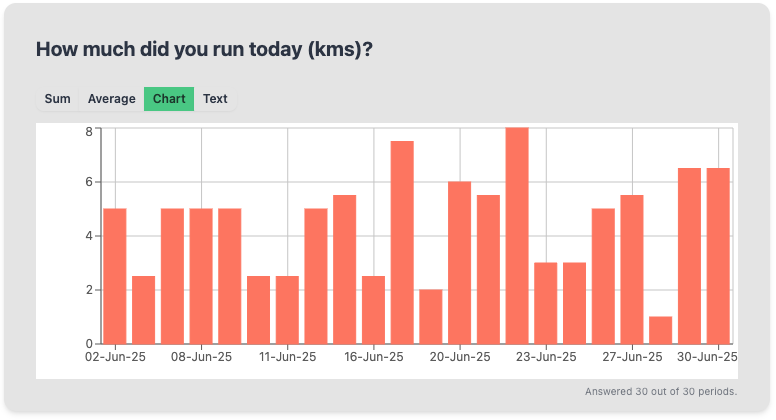The partnership between Reddit and OpenAI represents something more fundamental than a typical corporate deal. It signals a shift in how information flows through the internet and how brands might need to reconsider their content strategies. When OpenAI announced access to Reddit's data for training purposes, it wasn't just about feeding another dataset into their models. It was about tapping into one of the most authentic sources of human conversation and opinion on the internet.
Reddit has always been different from other social platforms. Where Twitter optimizes for brevity and Instagram for visual appeal, Reddit optimizes for depth of discussion. The platform's structure encourages long-form conversations, detailed explanations, and the kind of nuanced debate that reveals how people actually think about complex topics. This makes Reddit particularly valuable for language models that need to understand not just what people say, but how they say it, why they say it, and what cultural context surrounds their statements. The upvote and downvote system creates a natural filtering mechanism that surfaces quality content while burying low-effort posts, giving LLMs access to discussions that have already been vetted by human communities.
The crawling process extends far beyond Reddit, though. LLM training involves systematic indexing of news websites, Quora discussions, YouTube transcripts, academic papers, and essentially any publicly available text on the internet. This comprehensive approach means that when you interact with an AI model today, you're not just getting responses based on formal knowledge sources. You're getting responses informed by the collective wisdom, biases, arguments, and cultural nuances of millions of online conversations. The models learn to recognize patterns in how different communities discuss the same topics, how tone shifts across platforms, and how language evolves in real-time through internet discourse.
This creates interesting implications for content creators and businesses. Traditional SEO focused on gaming search algorithms to rank higher in Google results. The new reality requires thinking about how AI models will interpret and represent your content when someone asks a question related to your domain. If you run a local restaurant, it's not enough to optimize for "best pizza in town" searches. You need to consider how your content might be synthesized when someone asks an AI about local dining recommendations, food quality, or even broader questions about community gathering spaces. The AI might reference your content in contexts you never anticipated, based on patterns it detected in your writing style, customer reviews, or community engagement.
The brand-building implications are significant. Companies that consistently produce authentic, helpful content across multiple platforms are more likely to be positively referenced by AI models. This isn't about keyword stuffing or following SEO formulas. It's about establishing a clear voice and perspective that AI models can recognize and accurately represent. When your content appears in training data, the models learn to associate your brand with specific qualities, expertise areas, and communication styles. A company known for detailed technical explanations might find their content referenced when users ask complex questions in their field. A brand that consistently takes thoughtful positions on industry issues might be cited when AI models need to present balanced viewpoints on controversial topics.
The challenge lies in the unpredictability of this process. Unlike traditional marketing channels where you can measure impressions and click-through rates, it's difficult to track how your content influences AI responses. The models synthesize information from thousands of sources, making it nearly impossible to trace specific outputs back to specific inputs. This opacity means that content strategy becomes more about long-term brand building and less about immediate measurable results. Success requires patience and consistency rather than quick optimization tricks. The brands that will benefit most from this shift are those that have been creating genuinely useful content for years, building authentic communities, and establishing themselves as reliable sources of information in their respective fields.


